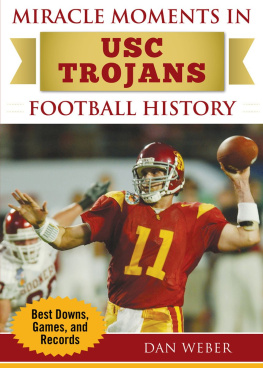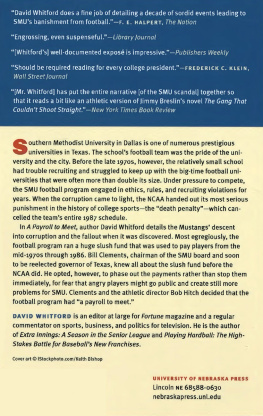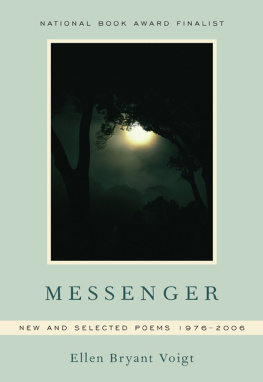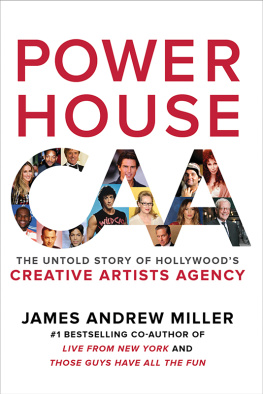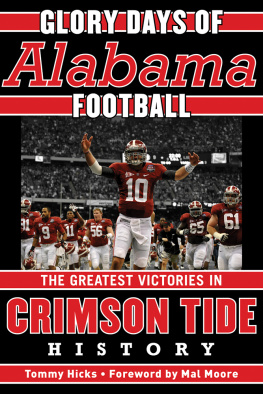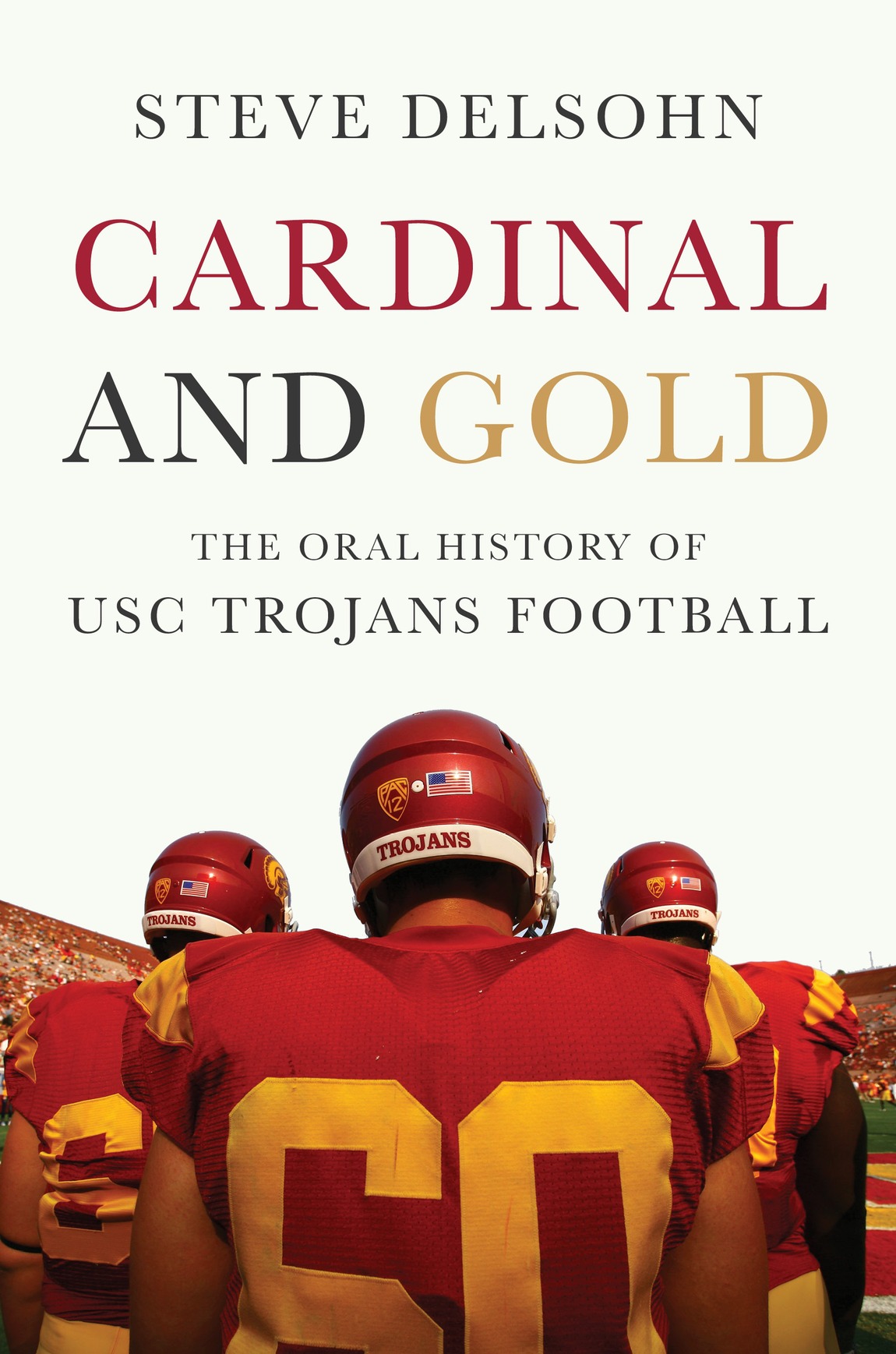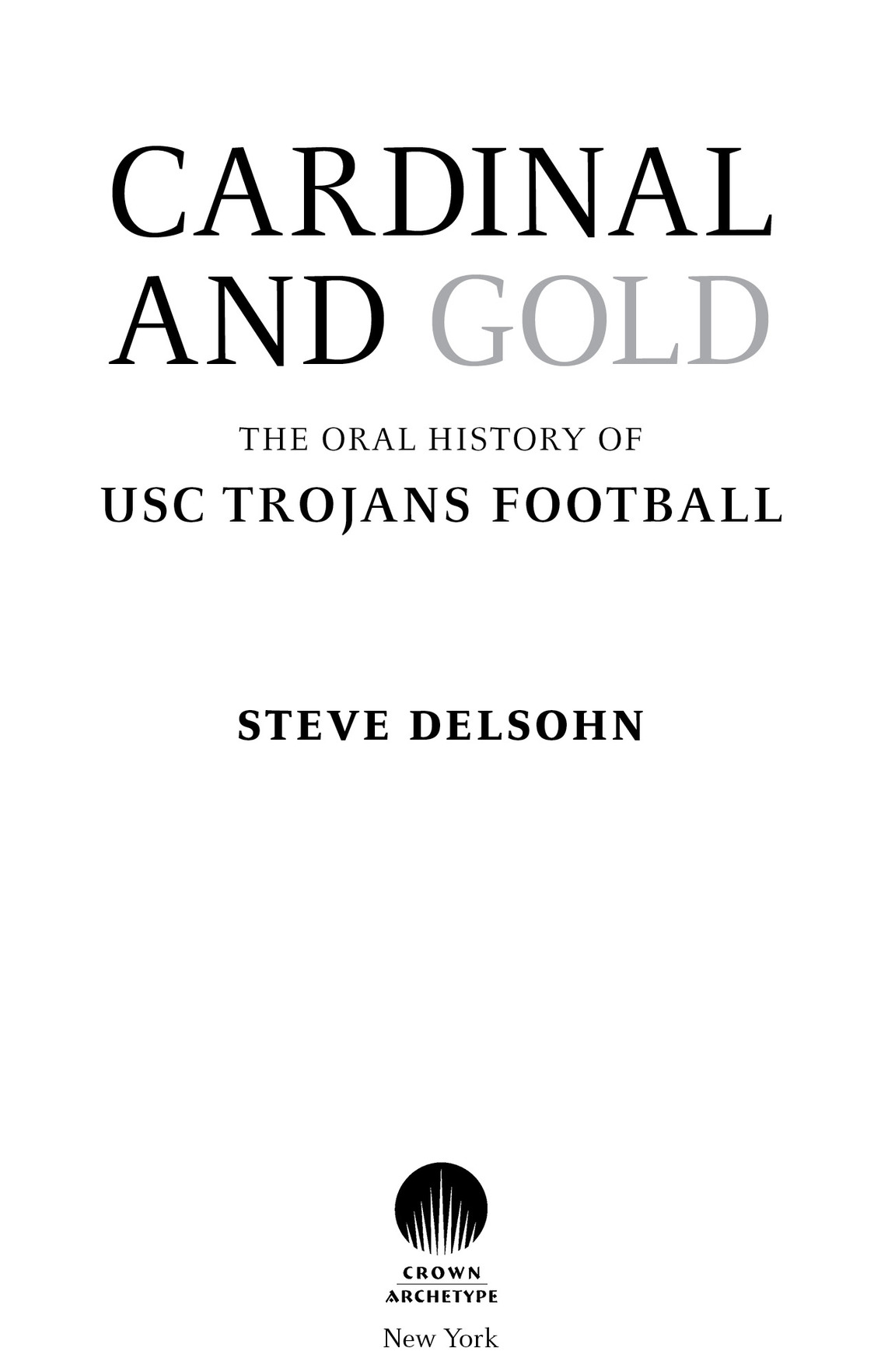All rights reserved.
Published in the United States by Crown Archetype, an imprint of the Crown Publishing Group, a division of Penguin Random House LLC, New York.
Crown Archetype and colophon is a registered trademark of Penguin Random House LLC.
Library of Congress Cataloging-in-Publication Data is available upon request.
I grew up playing football in Chicago and I still recall watching the Rose Bowls with my father and brother during the late 1960s and early 1970s. Most of the memories involve USC, but not only because they appeared in Pasadena almost every January 1. Watching from the frozen Midwest on our Zenith color TV made the images so vivid: the pretty USC Song Girls, the striking white Trojan horse, the cardinal and gold uniforms lit by the sun.
The scores of those games have faded but not how those USC teams played. As a high school running back, I admired the purity of Student Body Right and Student Body Left. That didnt mean I wanted the Trojans to win, though. Kids in Chicago pulled for the Big Ten in the Rose Bowl, even while knowing deep down the Big Ten would lose.
I got a job in California after college, married an Angeleno, raised three children here, and never left. But I still wouldnt call myself a USC fan. Nor am I anti-USC. I was drawn to this book in the same way I was drawn to my previous three oral histories on American firefighters, Notre Dame football, and the Los Angeles Dodgers. I like writing about classic institutions.
Cardinal and Gold is based on the first-person accounts of those who lived the story of USC football over the last 40 years. I interviewed more than 125 players, coaches, athletic department members, and a handful of plugged-in writers and broadcasters. Most of the interviewees are the former USC players, who I found as a group to be funny, direct, and perceptive. Some were tough on their head coaches and athletic directors, just as firefighters tend to grumble about their commanders. But I never heard one bad word about the university itself. The opposite was true. They often used the words love and great education when discussing their alma mater.
Still, their particular school and the game of football are synonymous. USC has produced 11 national championships and 7 Heisman Trophy winners. It has sent 31 players to the College Football Hall of Fame and 12 players to the Pro Football Hall of Fame. The NFL has drafted more Trojans (488) and more of them in the first round (79) than it has drafted from any school in the country.
In 2009, the ESPN research department created a formula to determine the top football programs since 1936, the year the Associated Press started ranking teams and naming a national champion. USC finished No. 2 to Oklahoma. Then again, every true Trojans fan knows what happened when the two schools last met: USC demolished the Sooners, 5519, in the 2005 Orange Bowl.
Before the birth of USC football, there was a fledgling university, and before that a region known as California. In 1850, two years into the Gold Rush, California became the 31st state in the union. In 1880, USC opened its doors in the lively frontier town of Los Angeles. The original 53 students and 10 teachers convened a few miles away from what is known today as downtown LA.
USC took up football in 1888. The first team went 20 and did not allow a point in both of its games against the Alliance Athletic Club. The program began its ascent in 1919 with the hiring of Elmer Gloomy Gus Henderson, who went 457 before being dismissed in 1924 mainly because he never beat rival California. USC attempted to hire Notre Dames rising star Knute Rockne, but he chose to stay in South Bend. Rockne then recommended his friend Howard Jones, who made his reputation at Yale and Iowa.
That was when everything changed. After hiring Jones in 1925two years after starting to play in the newly built Los Angeles Memorial ColiseumUSC emerged as a national power. As college football surged in popularity, Jones and Rockne became Americas most famous coaches during the Great Depression. Joness 16 USC teams won all five of their Rose Bowls, seven Pacific Coast Conference championships, and the schools first four national titles in 1928, 1931, 1932, and 1939. Jones retired after the 1940 season and died the next summer of a heart attack.
By the late 1950s, the program had lost its way. The Trojans hit bottom in 1957 when they went 19 while under heavy sanctions from the Pacific Coast Conference because the players had received cash from an outside foundation. By 1960 the school was off probation when it named the relatively unknown John McKay as its head coach. First he returned USC to national relevance. Then he established it as the countrys leading program in the late 1960s and early 1970s.
In 1976, McKay left USC after 16 seasons for a much better-paying job in the NFL. That pivotal time, 40 years ago, is where Cardinal and Gold begins.
In 1976 in the state of California, Jerry Brown dated the enormously popular singer Linda Ronstadt while serving his first term as governor. Two years after resigning over the Watergate scandal, Richard Nixon lived in exile in San Clemente and the Warner Bros. studio in Burbank released its Oscar-winning film All the Presidents Men. A San Francisco jury convicted Patty Hearst of participating in an armed bank robbery with the revolutionaries who had kidnapped her. The first year of a terrible two-year drought battered farmers and ranchers and ended up producing nearly $1 billion in economic losses. On a more pleasant note, Napa Valley rejoiced when one of its red wines and one of its whites were deemed superior to the finest French wines at a legendary blind tasting in Paris.
In 1976 in Los Angeles, the fabled John McKay left USC to become the first head coach of the newly formed Tampa Bay Buccaneers. McKay later said, I wanted to make some moneyits that simple. In 1975, USC had paid him $48,000 a year to be its coach and athletic director. Tampa Bay, the new NFL expansion team, had reportedly offered him a ten-year deal at $250,000 per year.
Back in 1960, he was still an obscure USC assistant when he replaced the struggling head coach Don Clark. Los Angeles wasnt thrilled at the news of McKays promotion or when his first two teams won a total of eight games. Then, in 1962, USC went 110 and won its first national title since 1939 under Howard Jones. McKay went on to win three more national championships in 1967, 1972, and 1974. His 16 USC teams also won nine Pac-8 titles and five Rose Bowls and three times went undefeated.



